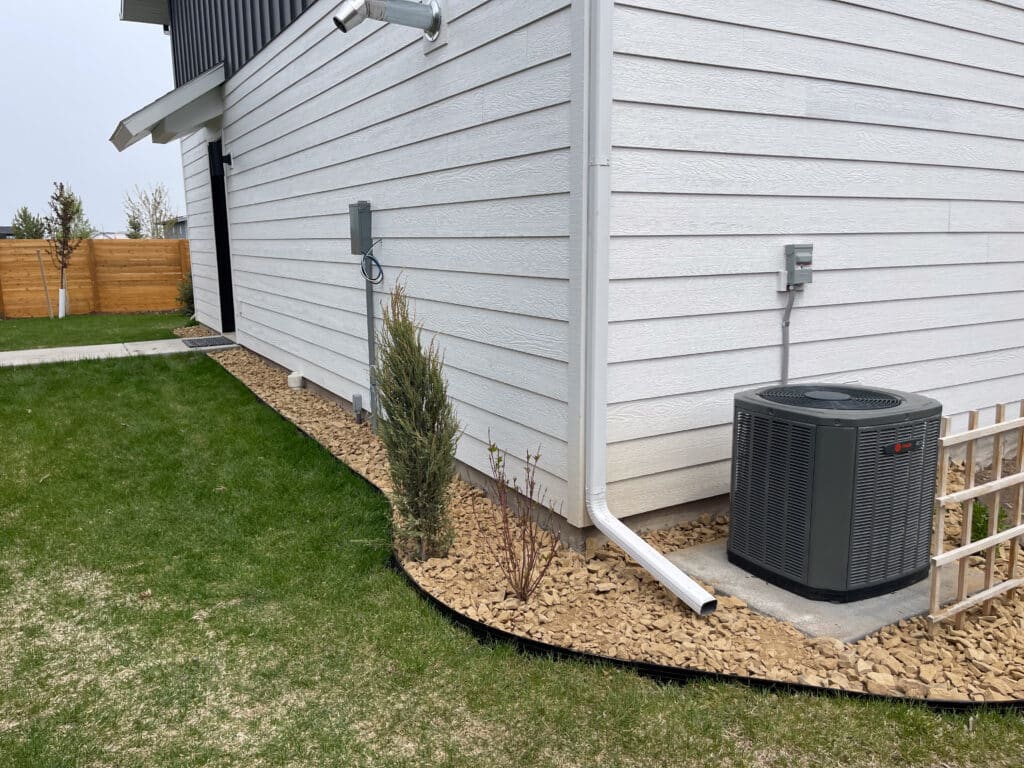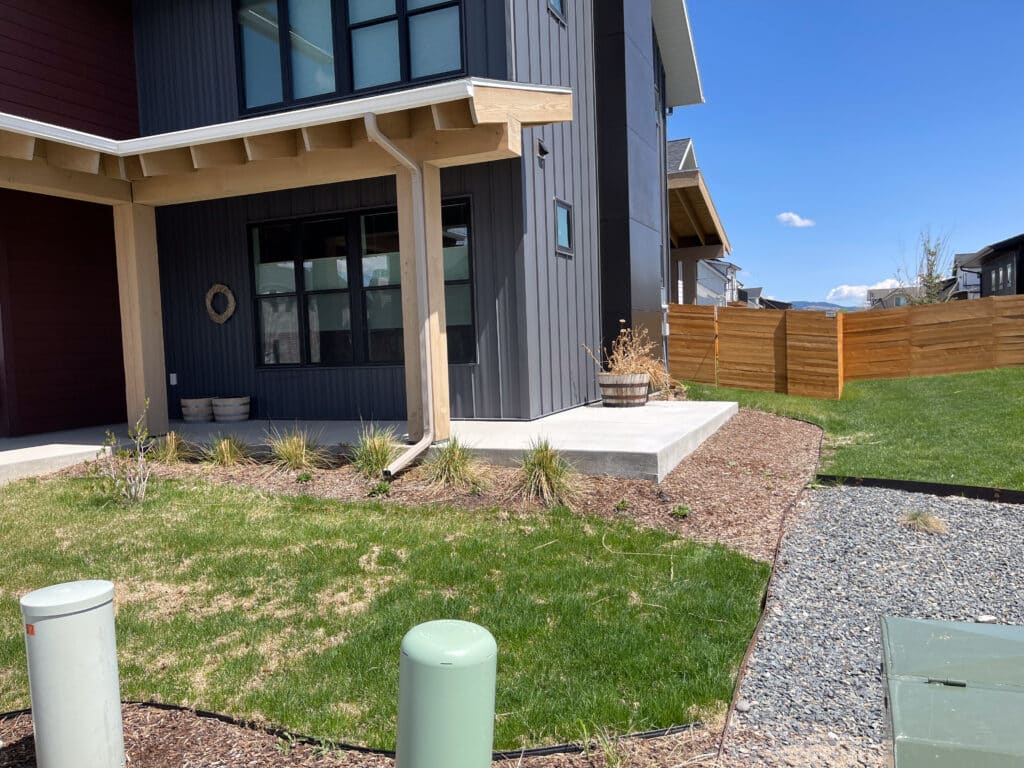Landscape edging serves both practical and aesthetic purposes, providing a defined border between different areas of the landscape while enhancing the overall appearance. There are various types of landscape edging materials, each with its unique characteristics and benefits. Here are some common types of landscape edging:
Pros & Cons
1. Metal Edging
Material: Aluminum or steel.
Pros: Durable, long-lasting, and provides a clean, modern look.
Cons: Can be more expensive, may rust over time (steel).
2. Plastic Edging
Material: Typically made of recycled plastic.
Pros: Lightweight, easy to install, and affordable.
Cons: May fade or become brittle over time, especially in extreme weather conditions.

3. Brick or Paver Edging
Materials: Clay bricks, concrete pavers, or natural stones.
Pros: Provides a classic and timeless look, durable, and versatile.
Cons: Installation may require more effort, and it may shift over time.
4. Concrete Edging
Material: Pre-cast concrete.
Pros: Sturdy, long-lasting, and available in various styles and colors.
Cons: Installation may require more effort, and it may shift over time.
5. Wood Edging
Material: Treated wood or landscape timbers.
Pros: Natural appearance, easy to work with, and can be stained or painted.
Cons: May deteriorate over time due to weather and pests, requiring maintenance or replacement.
6. Bender Board Edging
Material: Flexible boards made of wood fibers and plastic.
Pros: Flexible, easy to install in curves, and provides a clean edge.
Cons: May fade over time and is not as durable as some other materials.
7. Rubber Edging
Material: Recycled rubber.
Pros: Flexible, lightweight, and often made from recycled materials.
Cons: May not provide a formal or structured look, and color may fade.
8. Stone Edging
Material: Natural stone or concrete blocks.
Pros: Offers a natural and rustic appearance, durable, and versatile.
Cons: Installation can be labor-intensive, and costs may vary based on the type of stone.
9. Scalloped Edging
Material: Usually made of metal, plastic, or concrete.
Pros: Features a decorative scalloped design for added visual appeal.
Cons: Limited flexibility in terms of shapes, and installation may require precise positioning.
10. Composite Edging
Material: Composite materials that combine plastic and wood fibers.
Pros: Durable, resistant to rot and insects, and often made from recycled materials.
Cons: Can be more expensive than some other materials.
11. Cobblestone Edging
Material: Small, rounded stones or concrete blocks designed to resemble cobblestones.
Pros: Adds a charming and traditional look, versatile, and durable.
Cons: Installation may take more time, and costs can vary.
Final Thoughts
Choosing the right type of landscape edging depends on factors such as the overall design of the landscape, the desired aesthetic, and the level of maintenance you’re willing to undertake. Combining different edging materials can also create unique and visually interesting effects in the landscape.

